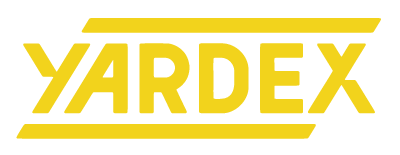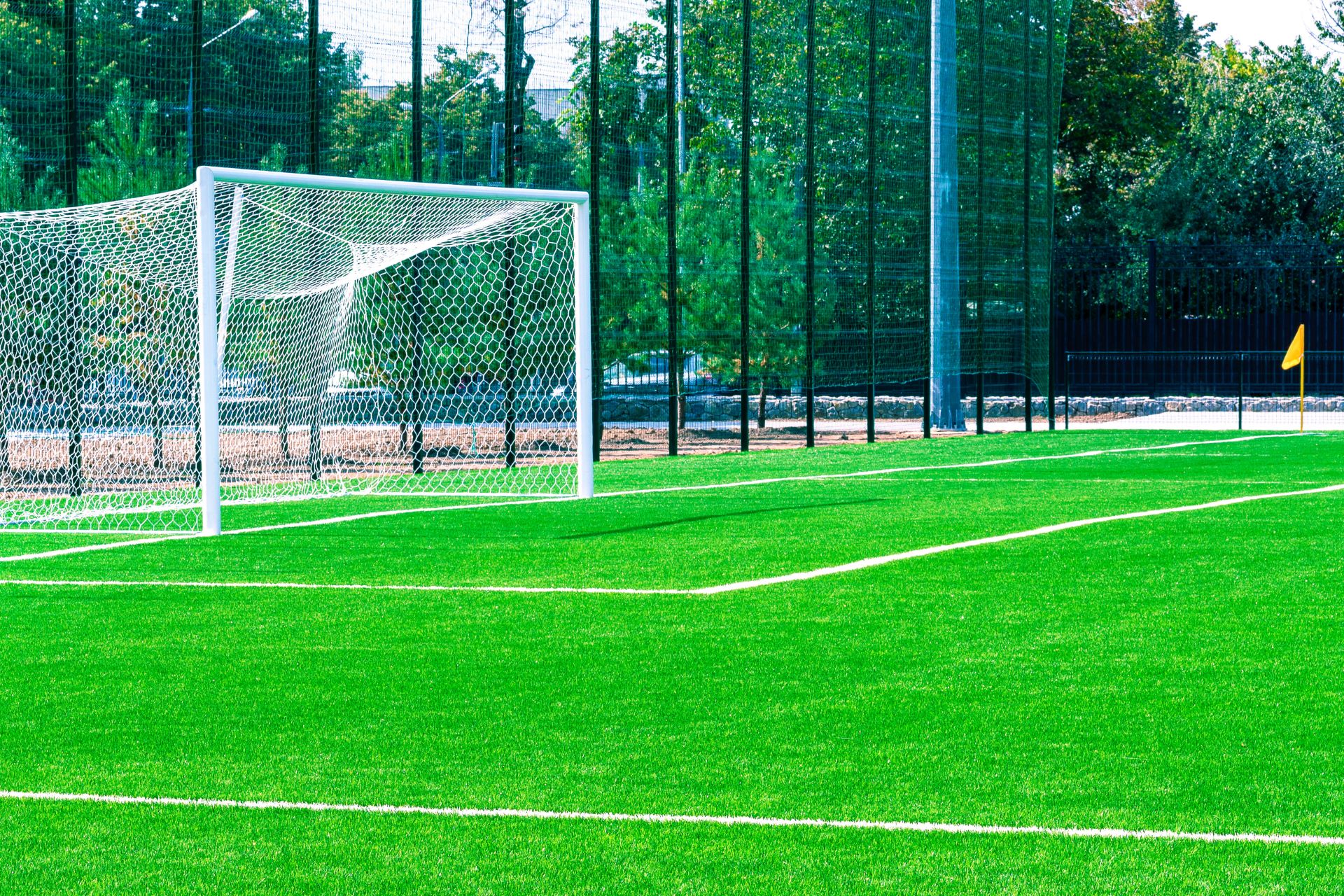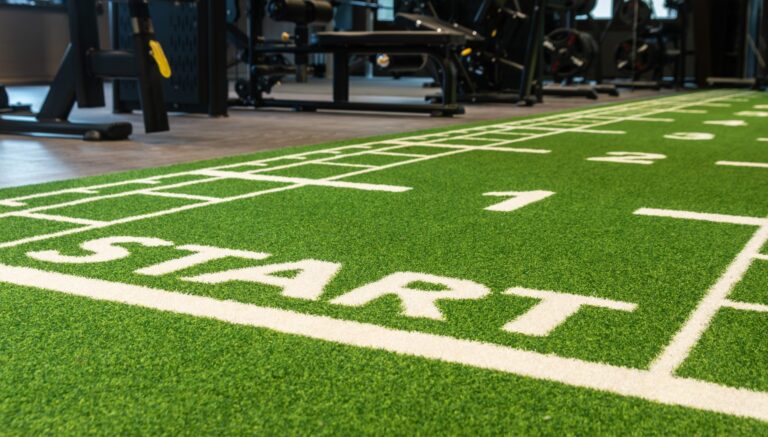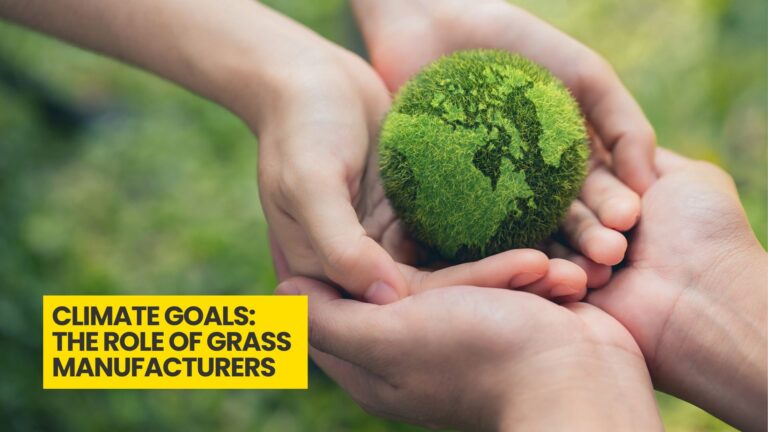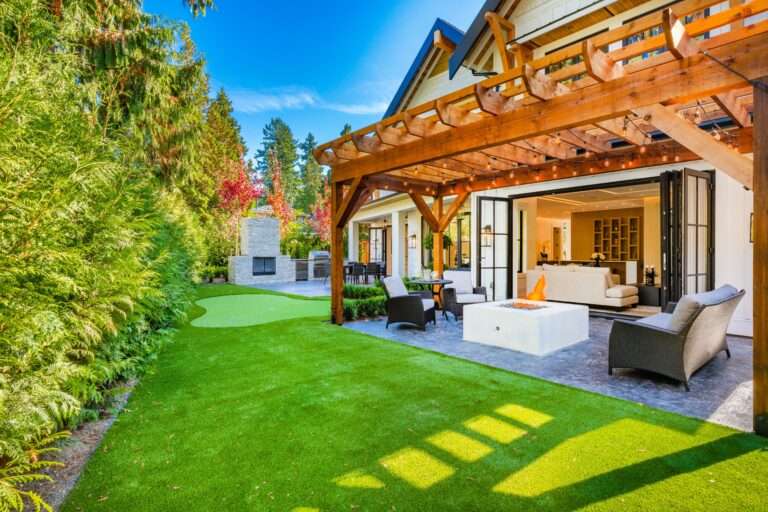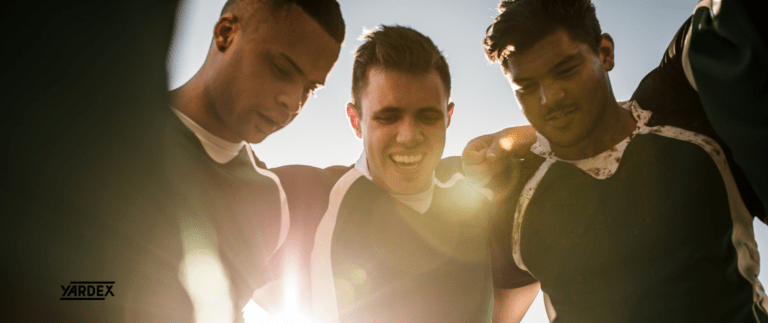What Decision Makers and Investors Need to Know
Artificial turf has revolutionized sports surfaces for schools, universities, and professional and private clubs by providing durable, multi-use playing fields. Yet, even with proper maintenance, every field eventually requires resurfacing to maintain safety, performance, and aesthetics. This guide aims to answer key questions and provide clarity for decision-makers and investors in the sports and education sectors considering field resurfacing.
Why Resurface Your Sports Field?
Over time, wear and tear on a sports field is inevitable. Heavy use, environmental conditions, and aging materials can compromise safety and performance. Resurfacing addresses these issues, extending the life of your facility while improving the playing experience for users.
The Most Important Advantages of Resurfacing:
- Improved safety: a resurfaced playing field eliminates the risks associated with aging surfaces, such as uneven terrain, compacted turf fibres and poor drainage. By addressing these issues the field becomes safer for players and reduces the likelihood of injury from slips, trips or awkward landings.
- Cost savings: Resurfacing often reuses existing infrastructure, such as shock pads, reducing costs compared to a newly constructed field.
- Improved performance: A new surface restores better traction, shock absorption and consistent surface quality, allowing athletes to perform safely even during intense play or adverse weather conditions.
- Upgrade options: Advanced materials offer better durability and customization options for specific sports.
- New certifications: Updated fields meet current accreditation standards, attracting more users and potential revenue.
Field Utilization and Revenue Potential
Investing in a new or resurfaced sports field not only improves playability, but also significantly increases rental opportunities and revenue generation. A well-maintained and visually appealing surface:
- Attracts rentals: Sports clubs, community groups and private leagues are more likely to rent a modern field.
- Increases playing hours: Modern turf handles higher usage and performs well suited to different weather conditions, allowing for longer playing hours.
- Promotes community engagement: An upgraded facility becomes a hub for local events, tournaments and recreational activities, building goodwill and awareness for your organization.
- Enhances reputation: A state-of-the-art sports surface reflects professionalism and commitment to quality, making it easier to attract partnerships and sponsorship.
Upgrading your facility through resurfacing is an investment in its long-term value and usability.
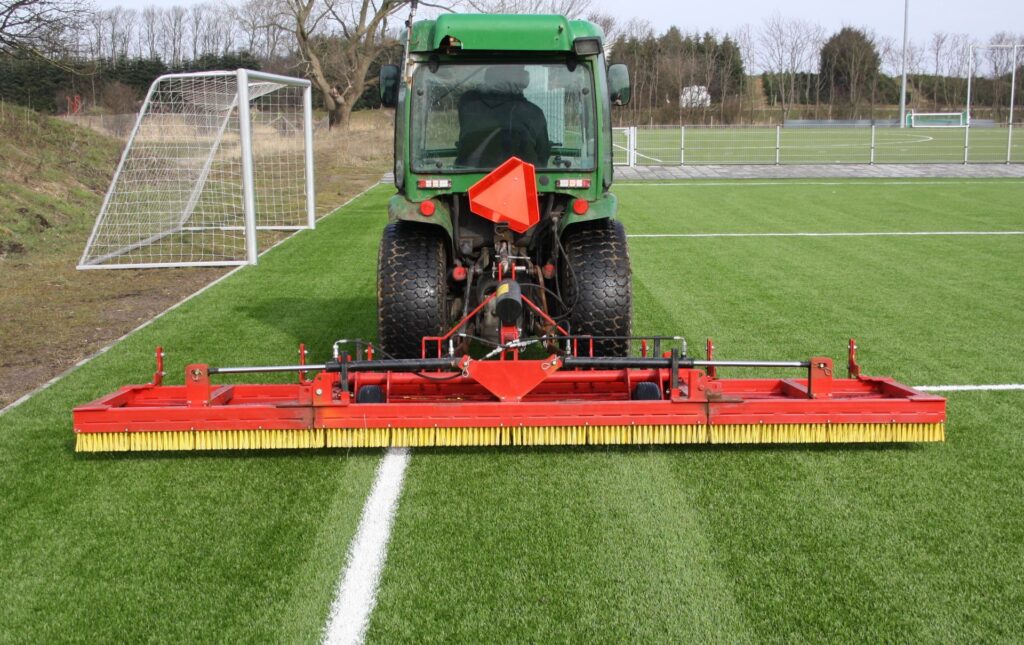
Common Questions About Field Resurfacing
1. When Should I Consider Resurfacing?
Indicators that it’s time to resurface include:
- Flattened, split or discoloured turf fibres.
- Water pooling due to blocked drainage.
- Visible seams, tears, or patches on the surface.
- Decline in player feedback about field quality.
Routine inspections by turf professionals can help identify these signs early.
2. How Often Should a Sports Field Be Resurfaced?
The lifespan of an artificial turf depends on usage, maintenance and climate. On average:
- High-quality synthetic turf: Lasts 8–12 years if used for more than 40 hours per week.
- Low quality or poorly maintained artificial grass: May need to be replaced within 5–7 years.
- Regular maintenance can extend the lifespan, while neglect will accelerate wear and tear.
3. How Long Does the Resurfacing Process Take?
- The schedule depends on field size, the type and scope of the work:
- Small fields (e.g. 5-a-side courts): Typically 2–4 weeks.
- Full-size pitches (e.g. soccer fields): Approximately 6-8 weeks.
Preparation, recycling and quality assurance are built into this time frame.
4. What Is the Cost of Resurfacing?
Resurfacing costs depend on field dimensions, materials, and specific requirements. Key factors include:
- Whether the shock pads or base layers need replacement.
- The type of artificial turf selected.
- Disposal or recycling of old materials.
For precise estimates, consult a turf specialist to evaluate your site.
5. What Are My Options During Resurfacing?
Resurfacing presents an opportunity to upgrade:
- Install sport-specific surfaces (e.g., FIFA-certified for football or FIH-compliant for hockey).
- Convert single-use fields into multi-use games areas (MUGAs).
- Enhance facilities with fencing, or floodlights.
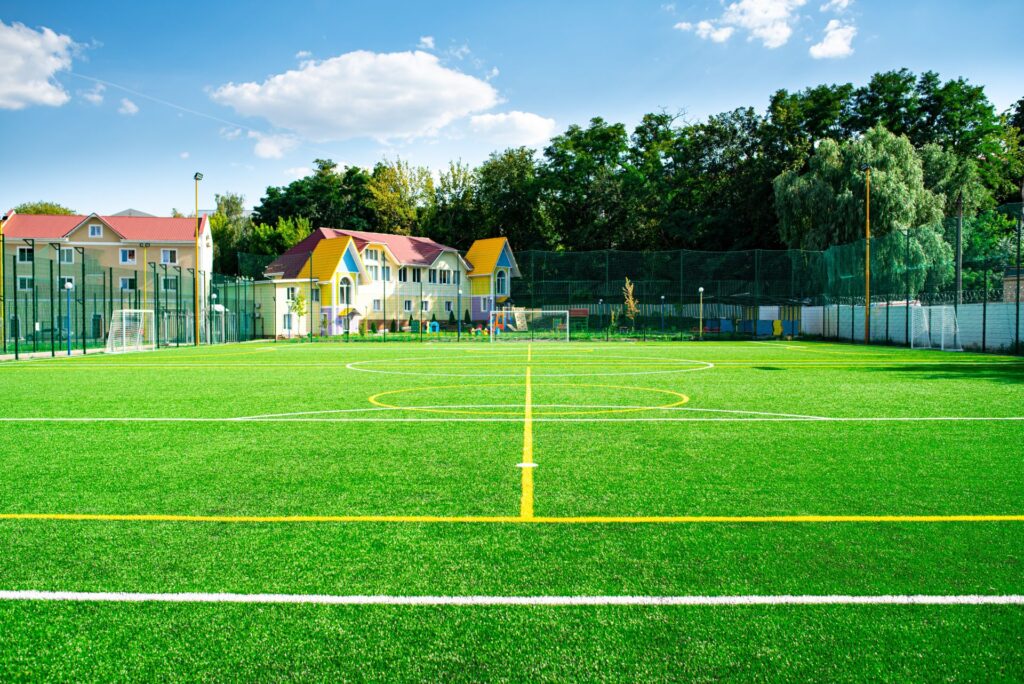
Field Resurfacing Process: Step by Step
- Assessment and advice: Experts assess the condition of your surface and identify areas for improvement.
- Planning and quotation: A customized plan includes a timeline, cost breakdown and material options.
- Removal of the old surface: The existing turf is carefully removed using modern machinery to preserve the base.
- Recycling: Materials such as sand, rubber and turf fibres can be recycled or the old surface is donated to communities.
- Installation of new turf: Precision installation ensures longevity, correct distribution of infill and consistent performance.
- Quality assurance: Final checks validate safety and compliance with sport-specific standards.
- Maintenance guidance: Clients receive instructions for routine maintenance to maximize the field’s lifespan.
Why choose Yardex Synthetic Turf?
At Yardex, we specialize in manufacturing high-performance synthetic turf and in conjunction with local partners and installers to support the project.
Whether you need a basic field refresh or a complete upgrade to modern standards, our team can provide a bespoke solution to suit your timeline and budget.
Contact Yardex Today
From schools and universities to private and professional sports clubs, Yardex provides long lasting turf to your needs. Contact us for a complimentary consultation and discover how we can revitalize your sports facilities.
